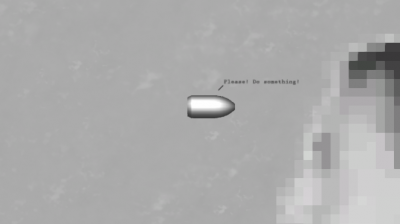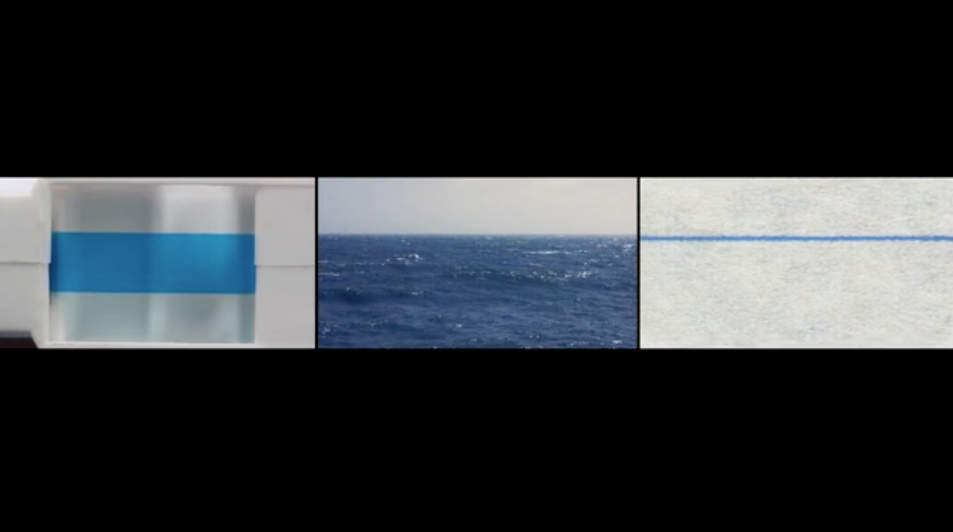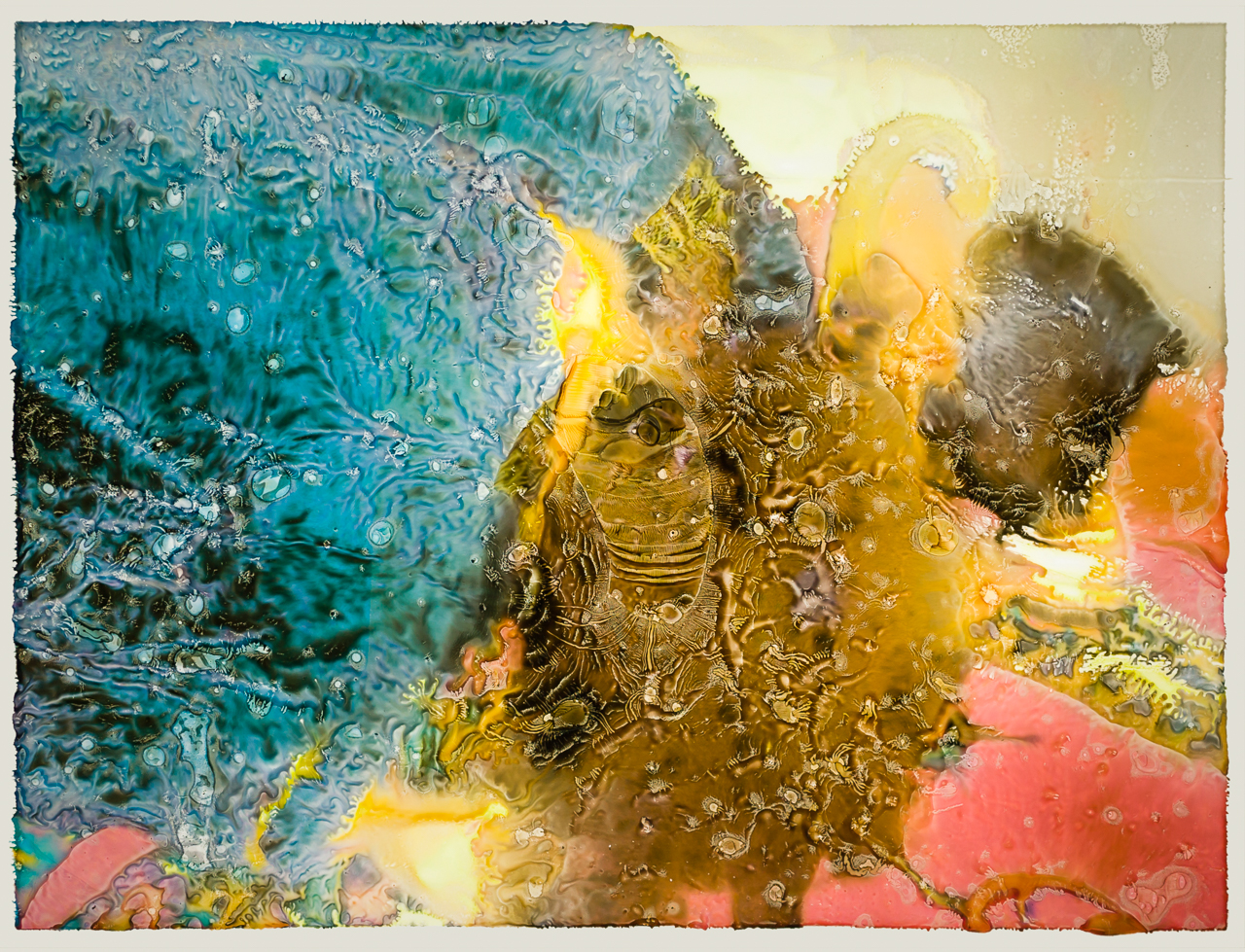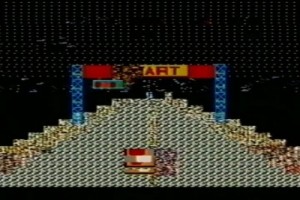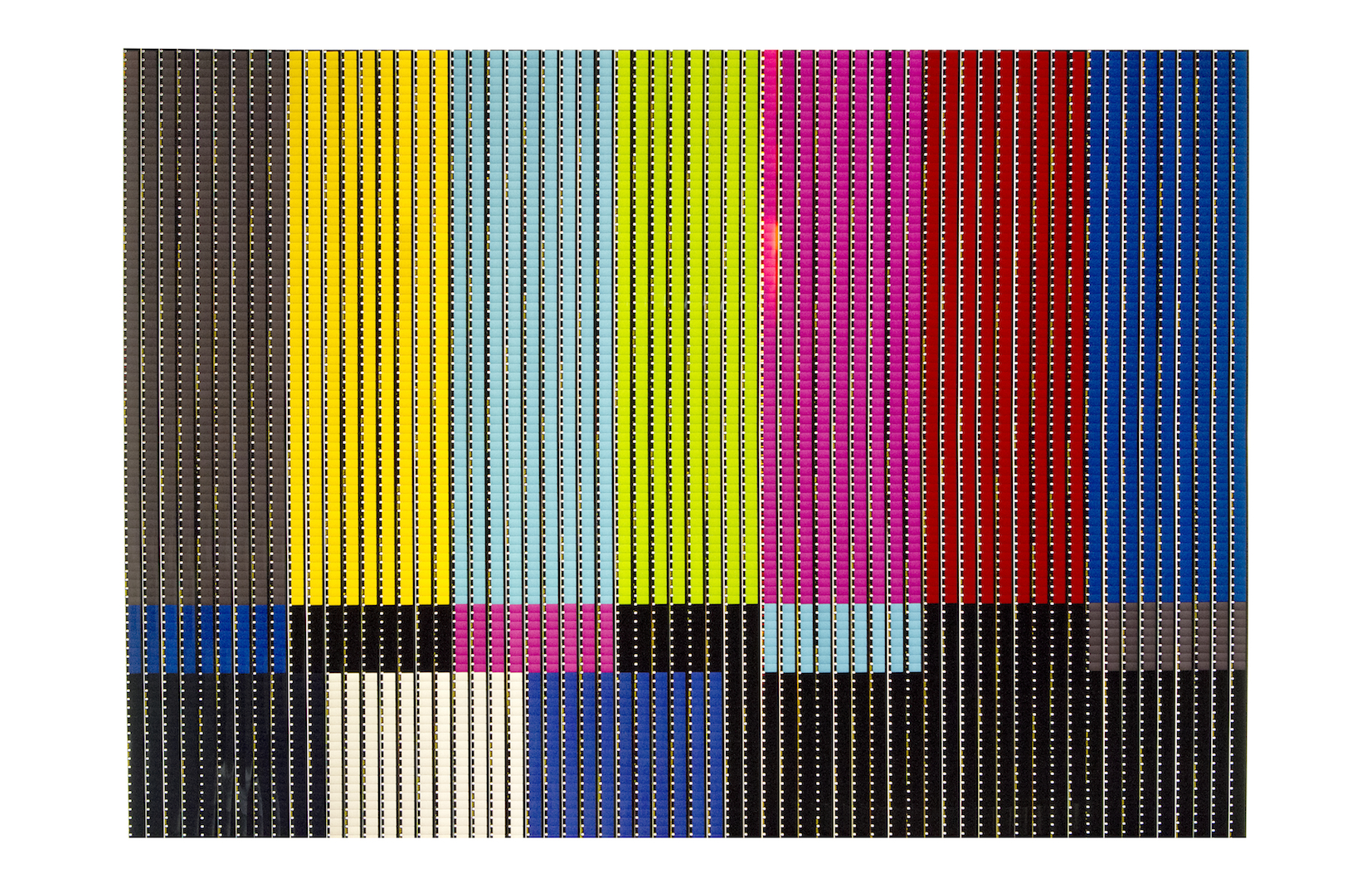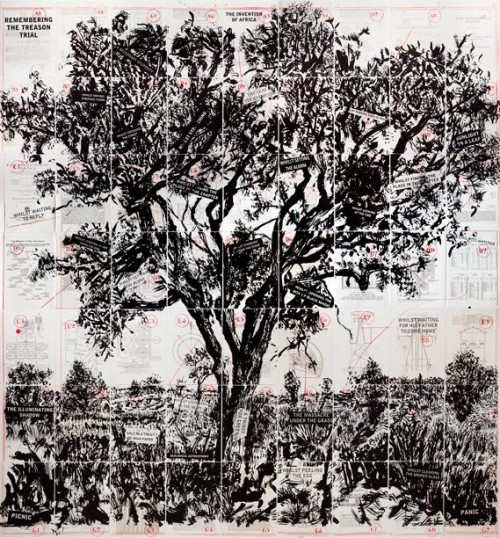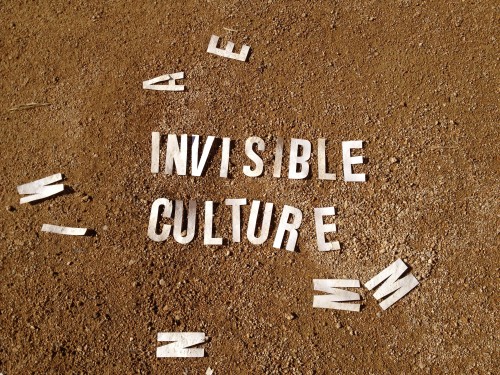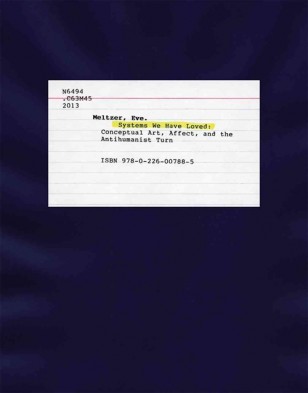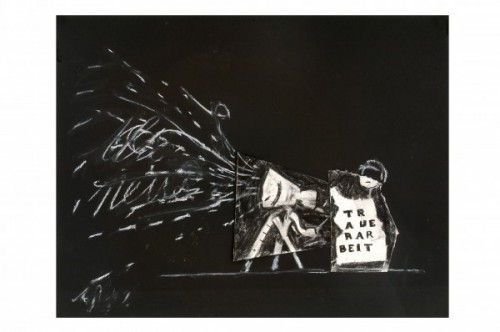A Box of Photographs
David Staton Roger Grenier. A Box of Photographs. Translated by Alice Kaplan. Chicago: University of Chicago Press, 2013. 109 pp. In this slender volume, writer Roger Grenier shares a life well lived, rich in memories, friendship, and historical touchstones. The 95-year-old Man of Letters offers A Box of Photographs as recollection and examination of histories personal, global, and cultural, and photography serves as the North Star in the telling of his story. Largely chronological, Grenier traces how photographs and cameras intersected with formative instances of his life. Using an economy of words in his vignettes—the shortest a slim paragraph, the longest several pages—he recounts the cameras he’s owned with the heartfelt fondness of someone reminiscing about an old love or a favorite haunt. For Grenier, this relationship began early. His parents were opticians and as a sideline to their business, they added a photo printing service. At age ten, he received his first camera, the 2 x 4½ Baby Box, a small handheld manufactured by Zeiss. In his later adventures, images and reflections are captured by an Agfa …


